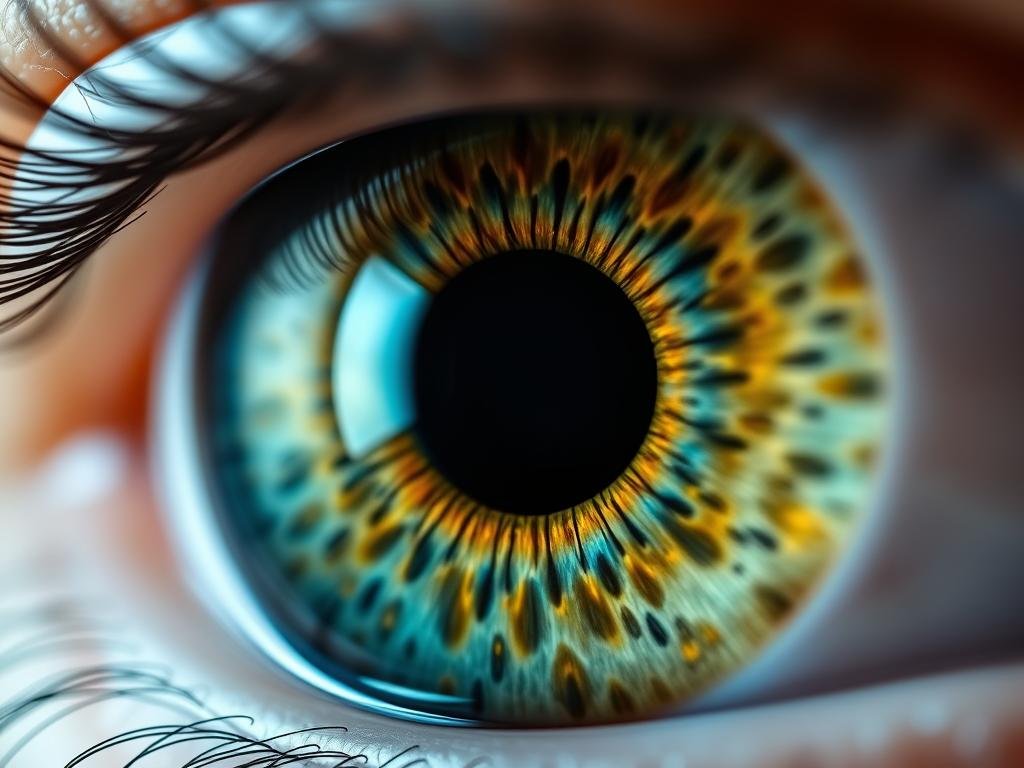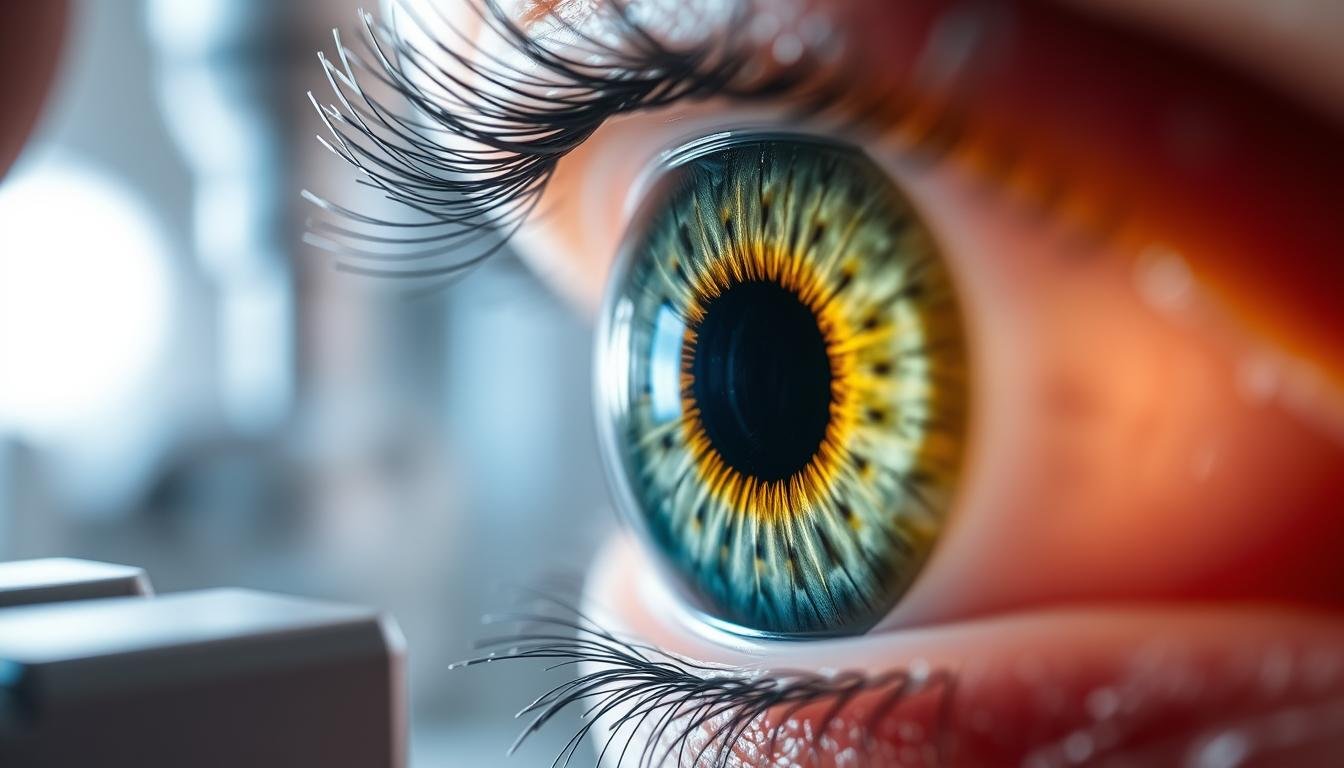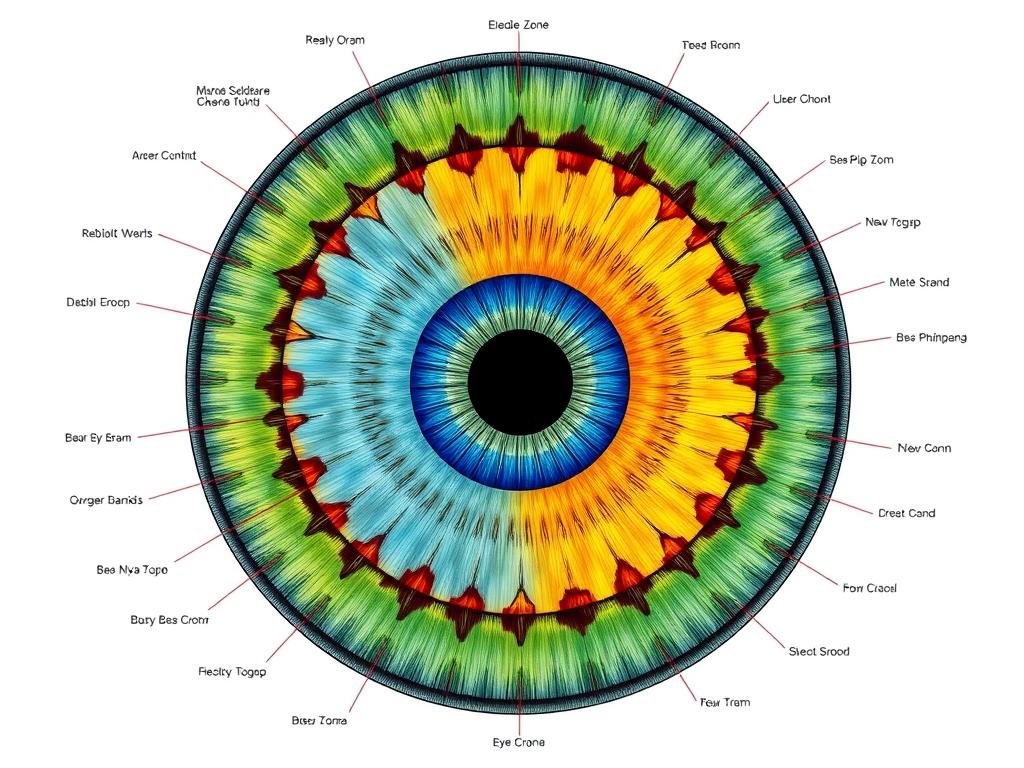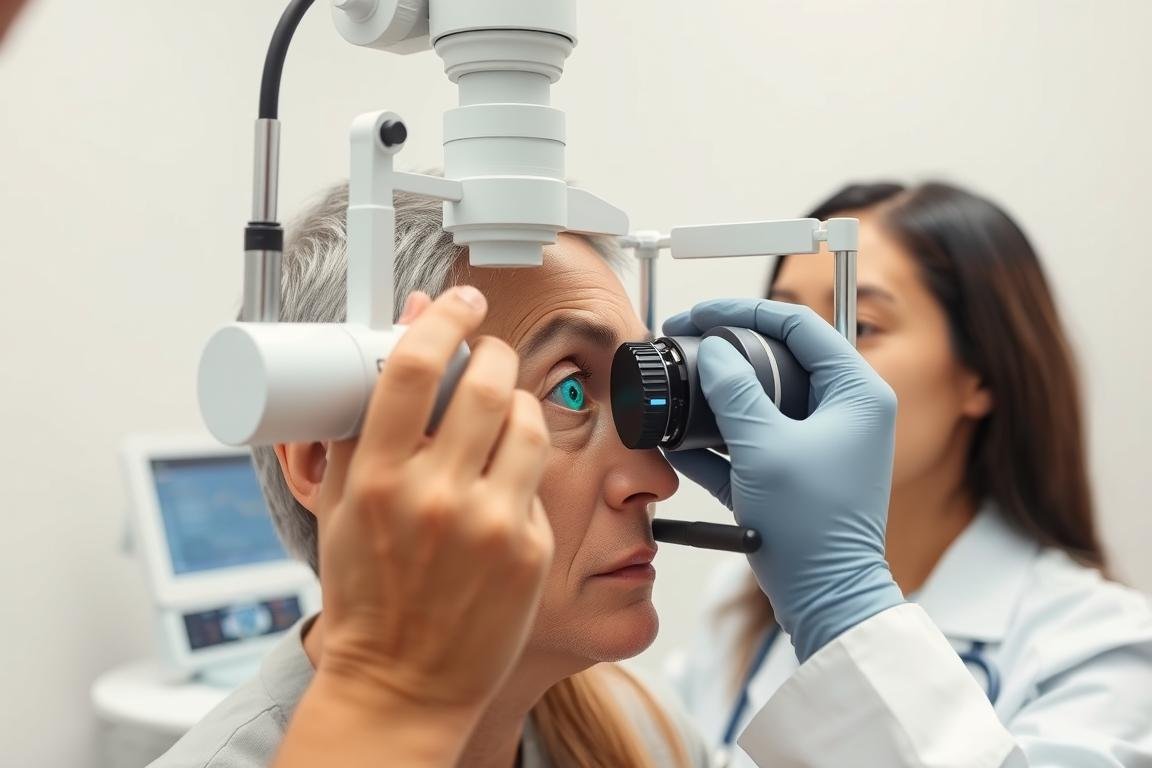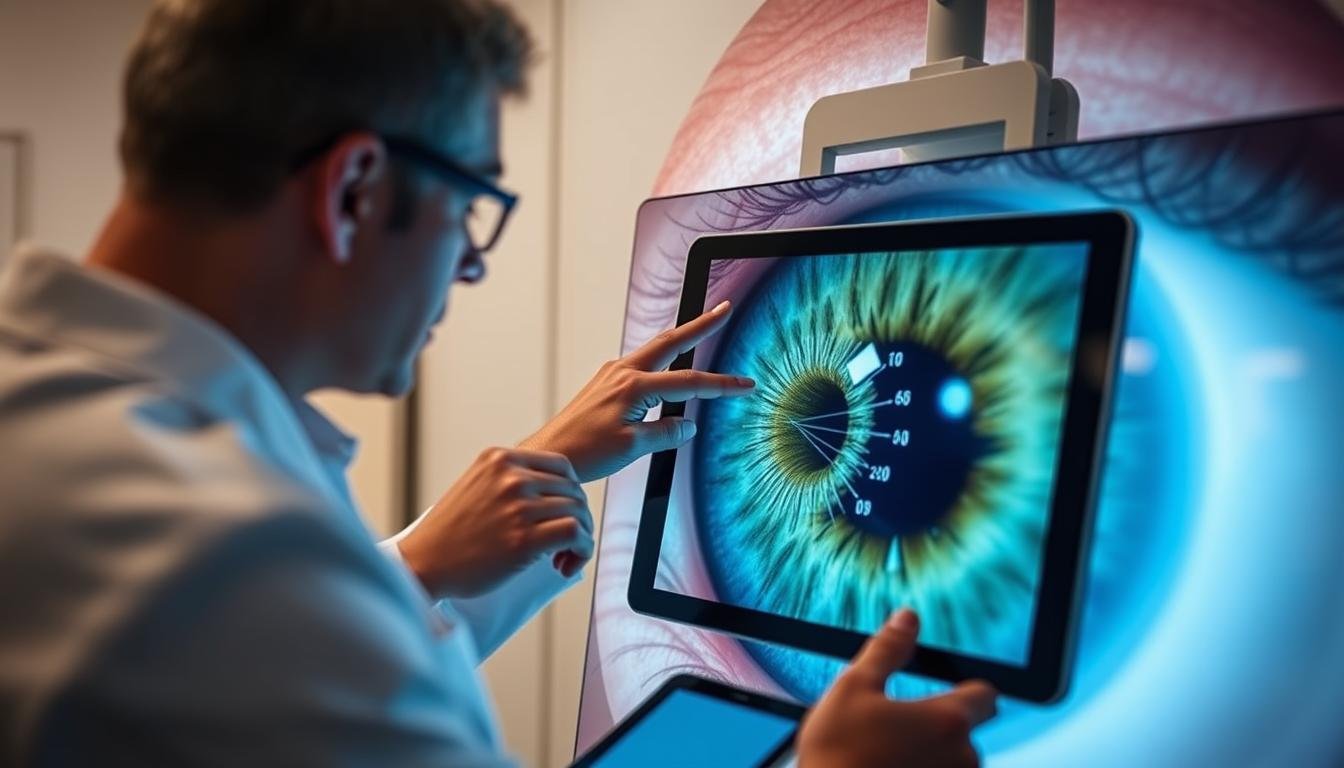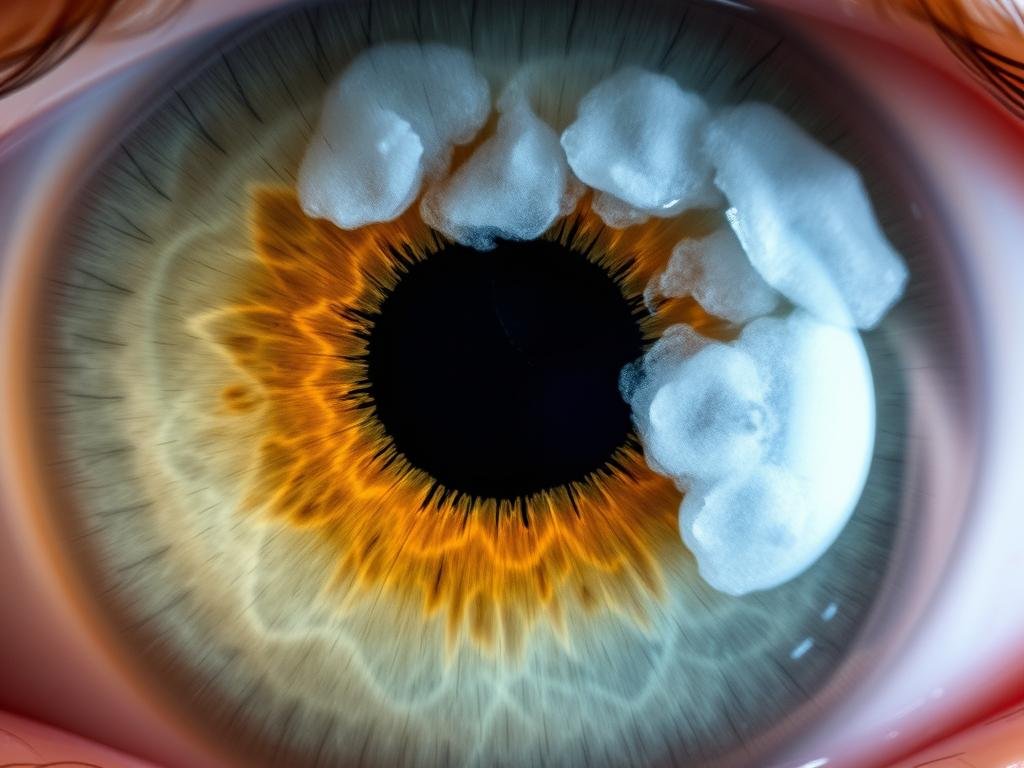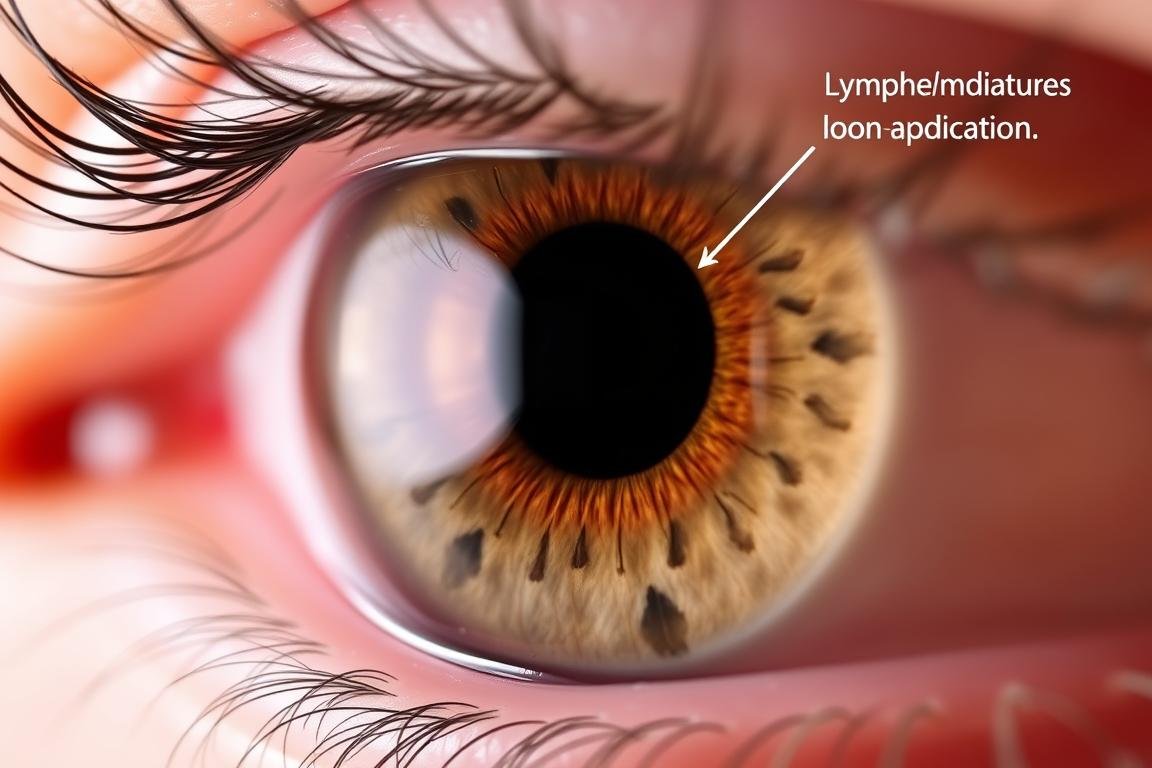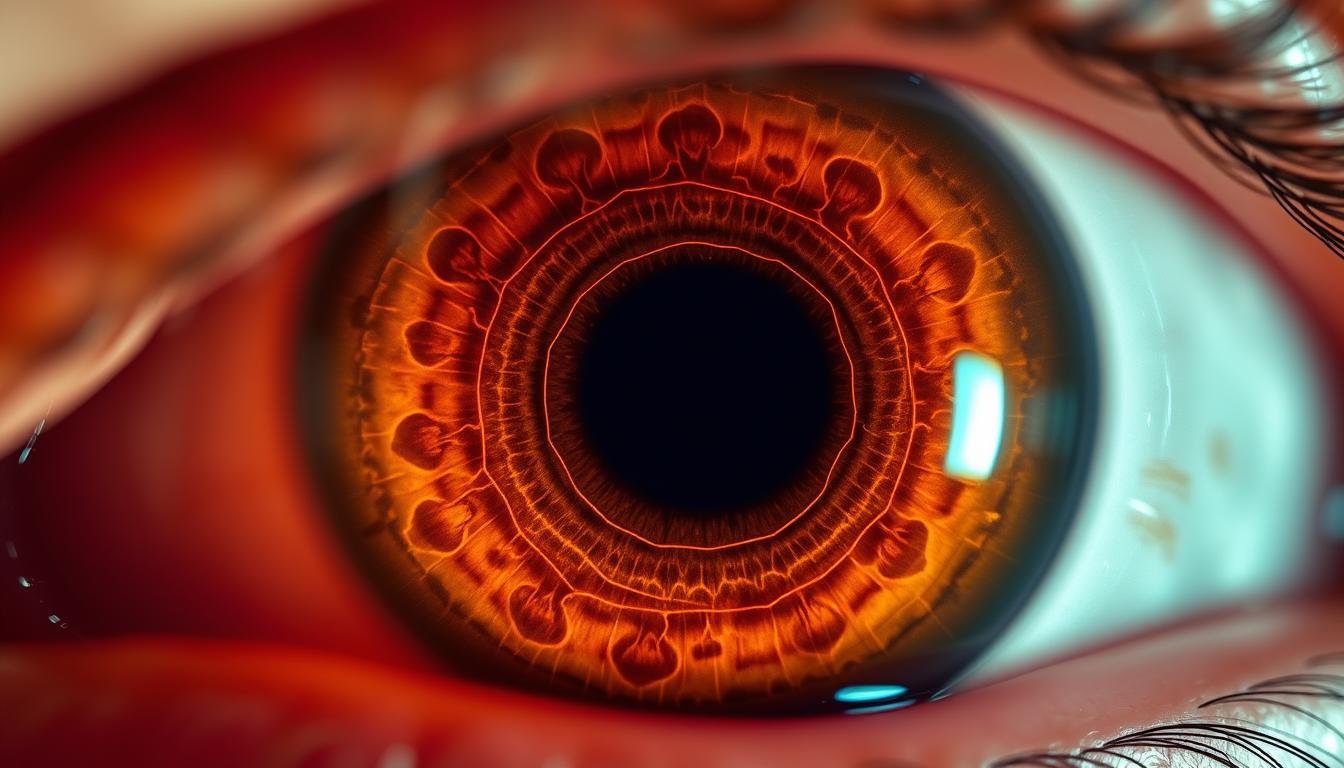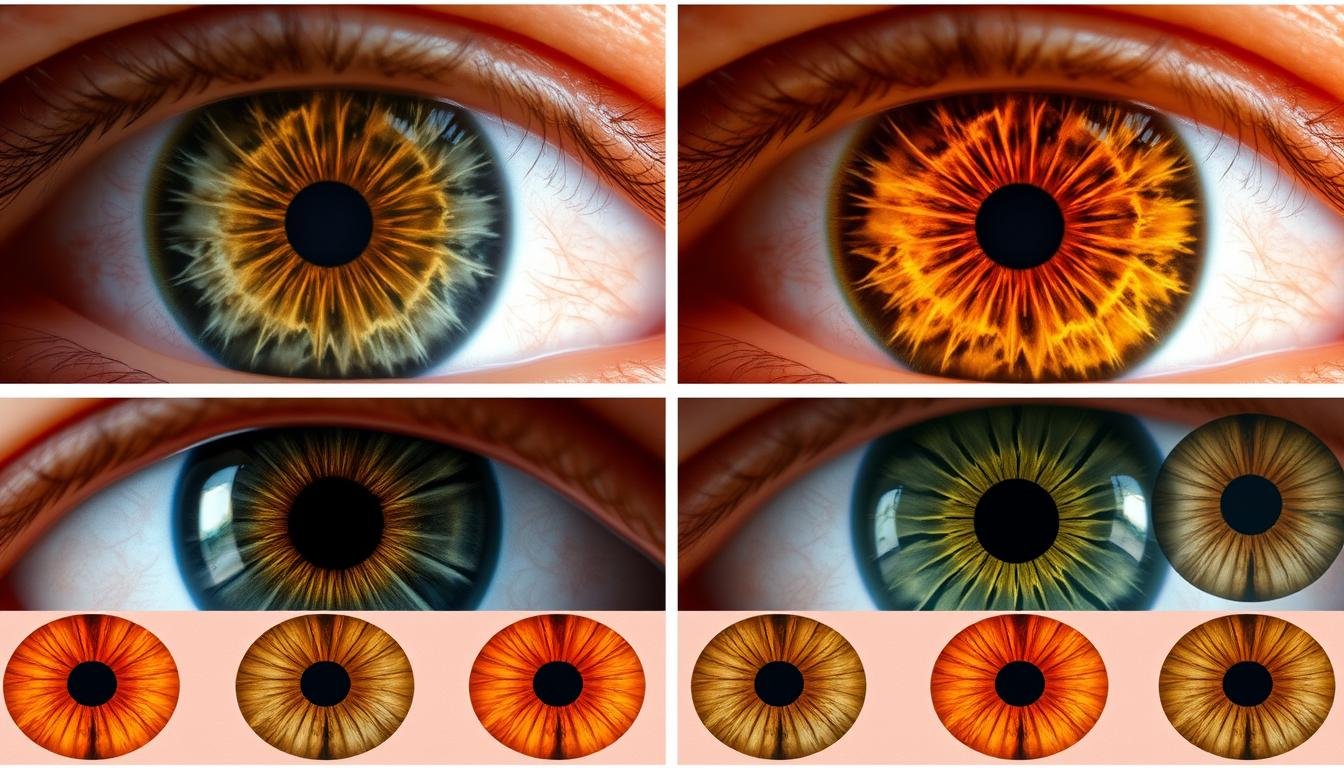5. Digestive Health Evaluation Through Pupil Analysis
The inner ring around the pupil is commonly read as the digestive zone in iridology charts. Changes in this area may prompt practitioners to consider digestive inefficiencies, food sensitivities, or nutrient-absorption issues.
What the iris shows: irregularities or discoloration near the pupil ring often interpreted as digestive-zone signs.
What an iridologist might recommend: targeted dietary adjustments, elimination trials for suspected sensitivities, or conventional digestive testing if symptoms are significant.
Evidence level: practitioner-observed patterns; should be corroborated with conventional testing for clinical decisions.
“The digestive zone of the iris often reveals issues before traditional symptoms appear,” says Jennifer Marks, holistic nutritionist and iridology practitioner. “This allows us to make targeted dietary recommendations that can prevent more serious digestive problems from developing.”
